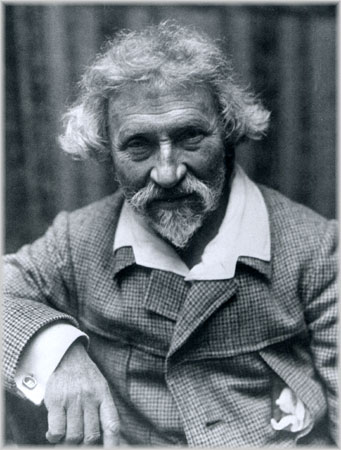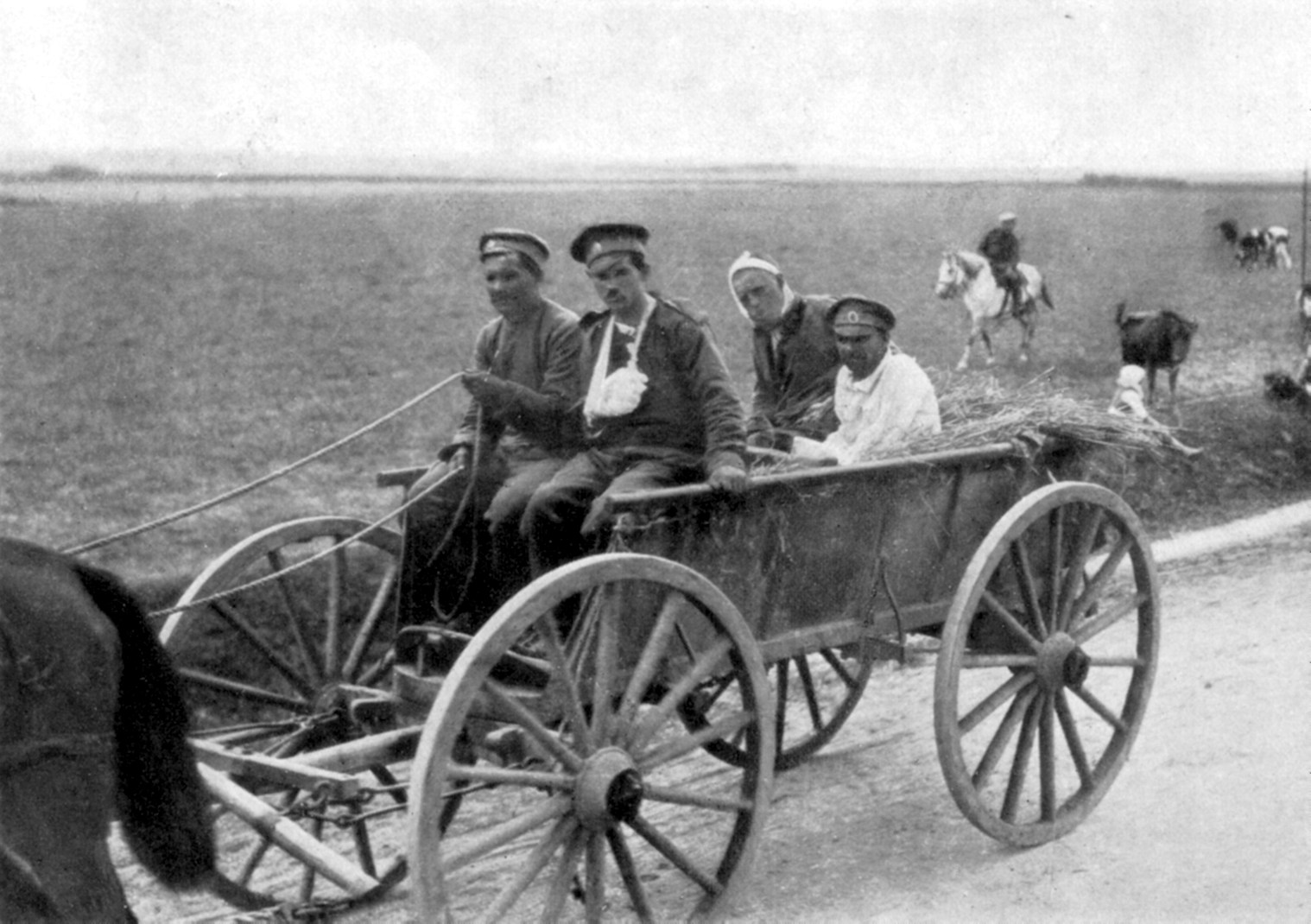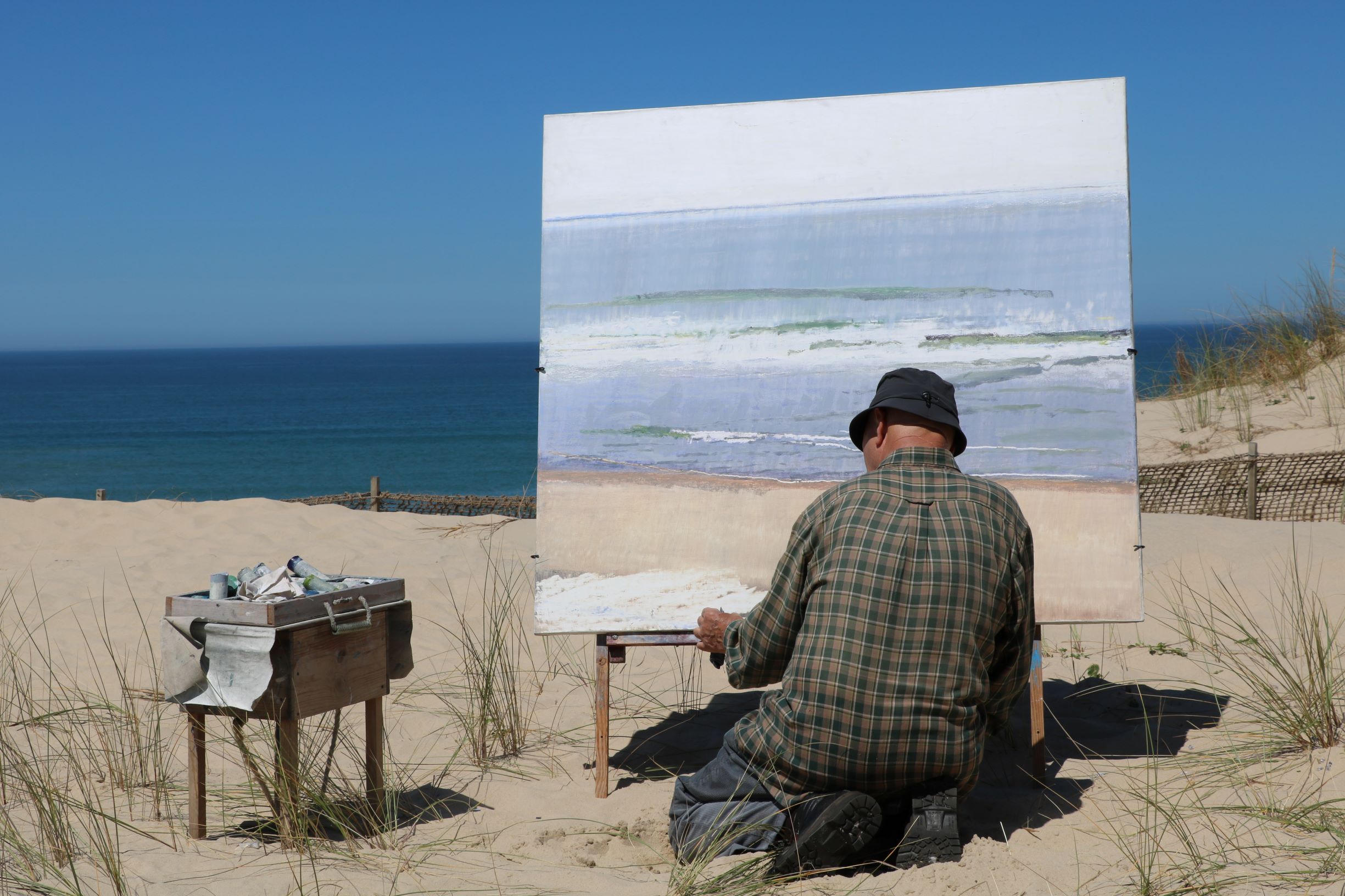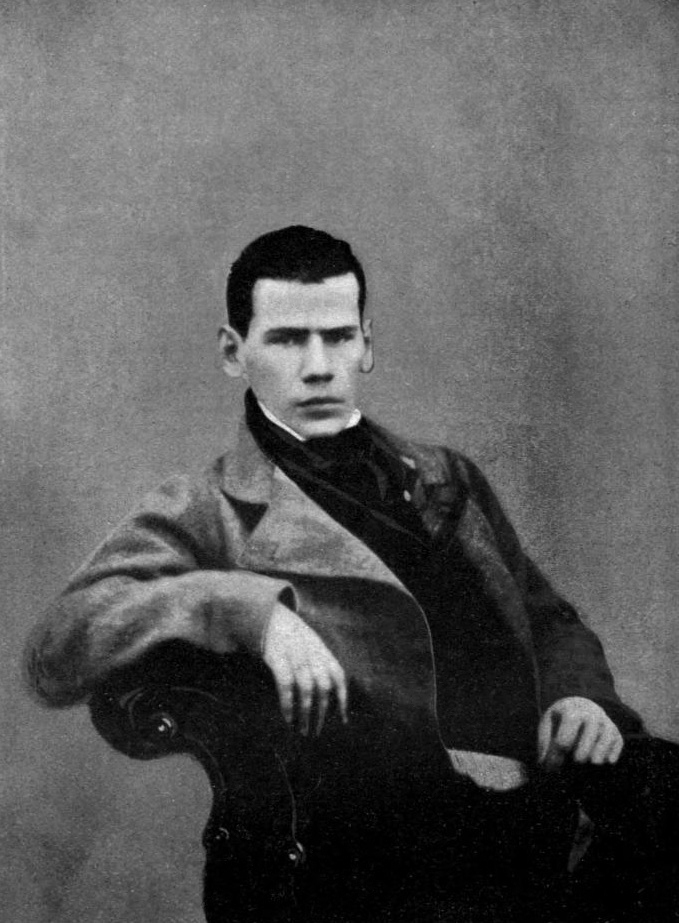|
Ilya Repin
Ilya Yefimovich Repin ( – 29 September 1930) was a Russian painter, born in what is today Ukraine. He became one of the most renowned artists in Russian Empire, Russia in the 19th century. His major works include ''Barge Haulers on the Volga'' (1873), ''Religious Procession in Kursk Province'' (1880–1883), ''Ivan the Terrible and His Son Ivan'' (1885); and ''Reply of the Zaporozhian Cossacks'' (1880–1891). He is also known for the revealing portraits he made of the leading Russian literary and artistic figures of his time, including Mikhail Glinka, Modest Mussorgsky, Pavel Tretyakov, and especially Leo Tolstoy, with whom he had a long friendship. Repin was born in Chuguev, Russian Empire (now in Ukraine). Repin was of the Zaporozhian Cossacks, Zaporozhian Cossack descent on his paternal grandfather's side. His father had served in an Uhlan#Russian Uhlans, Uhlan Regiment in the Russian army, and then sold horses. Repin began painting icons at age sixteen. He failed at his ... [...More Info...] [...Related Items...] OR: [Wikipedia] [Google] [Baidu] [Amazon] |
Chuguev
Chuhuiv () or Chuguev () is a city in Kharkiv Oblast, Ukraine. The city is the Capital (political), administrative center of Chuhuiv Raion (district). It hosts the administration of Chuhuiv urban hromada, one of the hromadas of Ukraine. Population: February 2024, according to the city council, more than 30 thousand people live in Chuhuiv. Chuhuiv's food industry focuses on producing mayonnaise along with other staple supporting condiments. History The City's founding date is disputed with historical assertions ranging from 1540 to 1627. Some academics believe that the city was built upon the orders Russia's first Tsar Ivan the Terrible who reigned from 1547 to 1584. A military fort was built adjacent to the city in 1638 by Ukrainian Cossacks of Yakiv Ostryanyn (see Ostryanyn uprising) on the order of Muscovite Tsar Mikhail Fedorovich. A military presence of some form near Chuhuiv has remained ever since. The Chuguev uprising of 1819 was a revolt of military settlers. During the ... [...More Info...] [...Related Items...] OR: [Wikipedia] [Google] [Baidu] [Amazon] |
Russian Language
Russian is an East Slavic languages, East Slavic language belonging to the Balto-Slavic languages, Balto-Slavic branch of the Indo-European languages, Indo-European language family. It is one of the four extant East Slavic languages, and is the native language of the Russians. It was the ''de facto'' and ''de jure'' De facto#National languages, official language of the former Soviet Union.1977 Soviet Constitution, Constitution and Fundamental Law of the Union of Soviet Socialist Republics, 1977: Section II, Chapter 6, Article 36 Russian has remained an official language of the Russia, Russian Federation, Belarus, Kazakhstan, Kyrgyzstan, and Tajikistan, and is still commonly used as a lingua franca in Ukraine, Moldova, the Caucasus, Central Asia, and to a lesser extent in the Baltic states and Russian language in Israel, Israel. Russian has over 253 million total speakers worldwide. It is the List of languages by number of speakers in Europe, most spoken native language in Eur ... [...More Info...] [...Related Items...] OR: [Wikipedia] [Google] [Baidu] [Amazon] |
Bolsheviks
The Bolsheviks, led by Vladimir Lenin, were a radical Faction (political), faction of the Marxist Russian Social Democratic Labour Party (RSDLP) which split with the Mensheviks at the 2nd Congress of the Russian Social Democratic Labour Party, Second Party Congress in 1903. The Bolshevik party, formally established in 1912, seized power in Russia in the October Revolution of 1917, and was later renamed the Russian Communist Party, All-Union Communist Party, and ultimately the Communist Party of the Soviet Union. Its ideology, based on Leninism, Leninist and later Marxism–Leninism, Marxist–Leninist principles, became known as Bolshevism. The origin of the RSDLP split was Lenin's support for a smaller party of professional revolutionaries, as opposed to the Menshevik desire for a broad party membership. The influence of the factions fluctuated in the years up to 1912, when the RSDLP formally split in two. The political philosophy of the Bolsheviks was based on the Leninist pr ... [...More Info...] [...Related Items...] OR: [Wikipedia] [Google] [Baidu] [Amazon] |
Red Terror
The Red Terror () was a campaign of political repression and Mass killing, executions in Russian Soviet Federative Socialist Republic, Soviet Russia which was carried out by the Bolsheviks, chiefly through the Cheka, the Bolshevik secret police force. It officially started in early September 1918 and it lasted until 1922, though violence committed by Bolshevik soldiers, sailors, and Red Guards had been ongoing since late 1917. Decreed after assassination attempts on Vladimir Lenin along with the successful assassinations of Petrograd Cheka leader Moisei Uritsky and party editor V. Volodarsky in alleged retaliation for Bolshevik mass repressions, the Red Terror was modeled on the Reign of Terror of the French Revolution,Wilde, Robert. 2019 February 20.The Red Terror" ''ThoughtCo''. Retrieved March 24, 2021. and the Paris Commune sought to eliminate political dissent, opposition, and any other threat to Bolshevik power. More broadly, the term can be applied to Political repression ... [...More Info...] [...Related Items...] OR: [Wikipedia] [Google] [Baidu] [Amazon] |
February Revolution
The February Revolution (), known in Soviet historiography as the February Bourgeois Democratic Revolution and sometimes as the March Revolution or February Coup was the first of Russian Revolution, two revolutions which took place in Russia in 1917. The main events of the revolution took place in and near Petrograd (now Saint Petersburg), the then-capital of Russia, where long-standing discontent with the monarchy erupted into mass protests against food rationing on 23 February Old Style and New Style dates, Old Style (8 March Old Style and New Style dates, New Style). Revolutionary activity lasted about eight days, involving mass demonstrations and violent armed clashes with police and Special Corps of Gendarmes, gendarmes, the last loyal forces of the Russian monarchy. On 27 February O.S. (12 March N.S.), most of the forces of the capital's garrison sided with the revolutionaries. In the same day, the Russian Provisional Government, made up by left-leaning State Duma (Russ ... [...More Info...] [...Related Items...] OR: [Wikipedia] [Google] [Baidu] [Amazon] |
En Plein Air
''En plein air'' (; French language, French for 'outdoors'), or plein-air painting, is the act of painting outdoors. This method contrasts with studio painting or academic rules that might create a predetermined look. The theory of 'En plein air' painting is credited to Pierre-Henri de Valenciennes (1750–1819), first expounded in a treatise titled ''Reflections and Advice to a Student on Painting, Particularly on Landscape'' (1800), where he developed the concept of landscape portraiture by which the artist paints directly onto canvas ''in situ'' within the landscape. It enabled the artist to better capture the changing details of weather and light. The invention of portable canvases and easels allowed the practice to develop, particularly in France, and in the early 1830s the Barbizon School of painting in natural light was highly influential. Amongst the most prominent features of this school were its tonal qualities, colour, loose brushwork, and softness of form. These wer ... [...More Info...] [...Related Items...] OR: [Wikipedia] [Google] [Baidu] [Amazon] |
Impressionist
Impressionism was a 19th-century art movement characterized by visible brush strokes, open Composition (visual arts), composition, emphasis on accurate depiction of light in its changing qualities (often accentuating the effects of the passage of time), ordinary subject matter, unusual visual angles, and inclusion of movement as a crucial element of human perception and experience. Impressionism originated with a group of Paris-based artists whose independent exhibitions brought them to prominence during the 1870s and 1880s. The Impressionists faced harsh opposition from the conventional art community in France. The name of the style derives from the title of a Claude Monet work, ''Impression, soleil levant'' (''Impression, Sunrise''), which provoked the critic Louis Leroy to coin the term in a Satire, satirical 1874 review of the First Impressionist Exhibition published in the Parisian newspaper ''Le Charivari''. The development of Impressionism in the visual arts was soon foll ... [...More Info...] [...Related Items...] OR: [Wikipedia] [Google] [Baidu] [Amazon] |
Uhlan
Uhlan (; ; ; ; ) is a type of light cavalry, primarily armed with a lance. The uhlans started as Grand Ducal Lithuanian Army, Lithuanian irregular cavalry, that were later also adopted by other countries during the 18th century, including Polish Armed Forces, Poland, French Army, France, Imperial Russian Army, Russia, Prussian Army, Prussia, Royal Saxon Army, Saxony, and Imperial Army of the Holy Roman Emperor, Austria. The term "lancer" was often used interchangeably with "uhlan"; the lancer regiments later formed for the British Army were directly inspired by the uhlans of other armies (even though they were never known by that name). Uhlans traditionally wore a double-breasted short-tailed jacket with a coloured ''plastron'' panel at the front, a coloured sash, and a square-topped Polish lancer cap (, also called ). This cap or cavalry helmet was derived from a traditional Polish cap design, formalised and stylised for military use. Their lances were traditionally topped wit ... [...More Info...] [...Related Items...] OR: [Wikipedia] [Google] [Baidu] [Amazon] |
Zaporozhian Cossacks
The Zaporozhian Cossacks (in Latin ''Cossacorum Zaporoviensis''), also known as the Zaporozhian Cossack Army or the Zaporozhian Host (), were Cossacks who lived beyond (that is, downstream from) the Dnieper Rapids. Along with Registered Cossacks and Sloboda Cossacks, Zaporozhian Cossacks played an important role in the history of Ukraine and the ethnogenesis of Ukrainians. The Zaporozhian Sich grew rapidly in the 15th century from serfs fleeing the more controlled parts of the Polish–Lithuanian Commonwealth. The least controlled region, that was located between the Dniester and mid-Volga was first known from the 15th century as the '' Wild Fields'', which was subject to colonization by the Zaporozhian Cossacks.Shcherbak, V.Wild Field (ДИКЕ ПОЛЕ). ''Encyclopedia of History of Ukraine''. 2004 Zaporozhian Host became established as a well-respected political entity with a parliamentary system of government. During the course of the 16th, 17th and well into the 18th c ... [...More Info...] [...Related Items...] OR: [Wikipedia] [Google] [Baidu] [Amazon] |
Leo Tolstoy
Count Lev Nikolayevich Tolstoy Tolstoy pronounced his first name as , which corresponds to the romanization ''Lyov''. () (; ,Throughout Tolstoy's whole life, his name was written as using Reforms of Russian orthography#The post-revolution reform, pre-reform Russian orthography. ; ), usually referred to in English as Leo Tolstoy, was a Russian writer. He is regarded as one of the greatest and most influential authors of all time. Born to an aristocratic family, Tolstoy achieved acclaim in his twenties with his semi-autobiographical trilogy, ''Childhood (Tolstoy novel), Childhood'', ''Boyhood (novel), Boyhood'' and ''Youth (Tolstoy novel), Youth'' (1852–1856), and with ''Sevastopol Sketches'' (1855), based on his experiences in the Crimean War. His ''War and Peace'' (1869), ''Anna Karenina'' (1878), and ''Resurrection (Tolstoy novel), Resurrection'' (1899), which is based on his youthful sins, are often cited as pinnacles of Literary realism, realist fiction and three of th ... [...More Info...] [...Related Items...] OR: [Wikipedia] [Google] [Baidu] [Amazon] |
Modest Mussorgsky
Modest Petrovich Mussorgsky (; ; ; – ) was a Russian composer, one of the group known as "The Five (composers), The Five." He was an innovator of Music of Russia, Russian music in the Romantic music, Romantic period and strove to achieve a uniquely Russian musical identity, often in deliberate defiance of the established conventions of Western music. Many of List of compositions by Modest Mussorgsky, Mussorgsky's works were inspired by Russian history, Russian folklore, and other national themes. Such works include the opera ''Boris Godunov (opera), Boris Godunov'', the orchestral tone poem ''Night on Bald Mountain'' and the piano suite ''Pictures at an Exhibition''. For many years, Mussorgsky's works were mainly known in versions revised or completed by other composers. Many of his most important compositions have posthumously come into their own in their original forms, and some of the original scores are now also available. Name The spelling and pronunciation of the c ... [...More Info...] [...Related Items...] OR: [Wikipedia] [Google] [Baidu] [Amazon] |
Mikhail Glinka
Mikhail Ivanovich Glinka ( rus, links=no, Михаил Иванович Глинка, Mikhail Ivanovich Glinka, mʲɪxɐˈil ɨˈvanəvʲɪdʑ ˈɡlʲinkə, Ru-Mikhail-Ivanovich-Glinka.ogg; ) was the first Russian composer to gain wide recognition within his own country and is often regarded as the fountainhead of Russian classical music. His compositions were an important influence on other Russian composers, notably the members of The Five, who produced a distinctive Russian style of music. Early life and education Glinka was born in the village of Novospasskoye, not far from the Desna River in the Smolensk Governorate of the Russian Empire (now in the Yelninsky District of the Smolensk Oblast). His wealthy father had retired as an army captain, and the family had a strong tradition of loyalty and service to the tsars, and several members of his extended family had lively cultural interests. His great-great-grandfather was a Polish–Lithuanian Commonwealth nobleman, Wikt ... [...More Info...] [...Related Items...] OR: [Wikipedia] [Google] [Baidu] [Amazon] |










